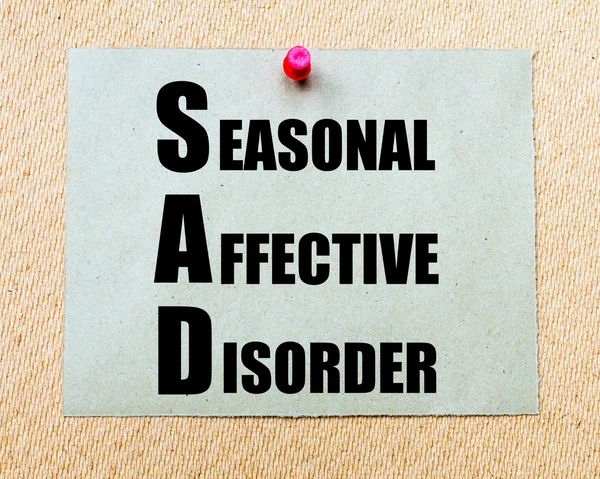Seasonal Affective Disorder at WWS and Beyond

January 18, 2022
The winter months are the time for cheer. A break from school, the holiday feeling, and the celebration of a new year should be a winning combination for students who seemingly have plenty to be happy about. While it ‘tis the season to be jolly” for some, for others wintertime brings with it a long and arduous trudge through feelings of self-doubt, worthlessness, and depression. Though it is not always the case, this uphill battle and a severe dip in quality of life can oftentimes be attributed to the quiet but prevalent mental health disorder known as “seasonal affective disorder”, which is not only much more common here at South than one might expect, but also a real representation of continued stigma surrounding mental health at large.
Seasonal affective disorder or “SAD” is a mood disorder linked to the shortening of daylight hours and interference with one’s circadian rhythm throughout the winter months. Some of the most common symptoms include feelings of depression, doubt, and anxiety; as well as a lack of energy or motivation. There also may be more physically noticeable symptoms such as carbohydrate craving and weight gain. According to the latest “National Library of Medicine ” data, anywhere from 1.7 percent to 5.5 percent of 9-19 years old suffer annually, which does not even include milder cases of the “winter blues” that have considerably higher annual rates. Also, this number is almost certainly increased due to the ongoing isolation and anxiety resulting from the Covid-19 pandemic.
When asked whether or not he has noticed an uptick in absences of students seeking out assistance during the winter months, WWS school psychologist John Smetana responded, “Yes, absolutely, the number of self-referred students coming in for help definitely ramps up in the winter months.” Smetana went on to add, “While this is not always due to seasonal affective disorder or the winter blues, a great deal of the time it can be and is something that students do struggle with this time of year.” According to Smetana, the disorder as well as wintertime more generally can negatively affect students academically, socially, and functionally in and out of the classroom. When inquired as to whether or not he believed that there is still a stigma surrounding mental health and in particular, he stated that, “While things have certainly gotten much, much better, there is still a ways to go.” According to Smetana, the community of WWS— as well as the country at large—needs to be more open and honest about mental health, not only for the betterment of students but for the betterment of everyone in the community. He also alluded to the harm that comes with ignoring mental health, especially this time of year with cases of SAD and winter blues on the rise among students. Smetana’s advice for any student struggling with SAD, winter blues, or any other mental or emotional struggle throughout the winter months is to not isolate. He also recommended going outside whenever possible, getting exercise, maintaining a healthy diet, taking vitamin D as needed, and involving friends, counselors, psychologists, and family members in your mental wellbeing as mental health struggles are not to be dealt with alone.
While SAD, as well as mental health as a whole, still provokes in some the damaging “tough it out” mentality and remains a deeply underrepresented subject around the country, it is important that the WWS community heed the advice of those in positions of experience and knowledge surrounding Seasonal Affective Disorder and to not simply treat it as a natural feeling of that everyone is supposed to go through alone, because it is not. It is a disorder and should be treated as such. In the end, by engaging in these types of recognitions and conversations about SAD in a more honest and empathetic way, a better, more accepting WWS community will arise.

